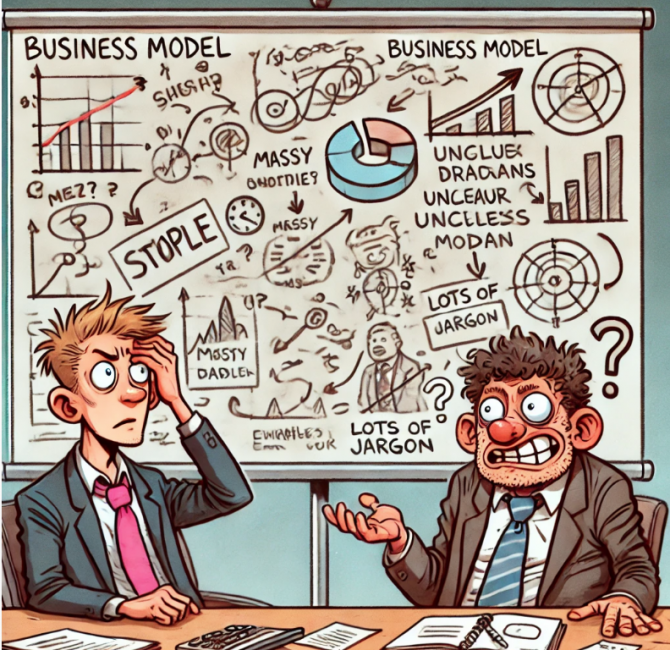
No matter what approach you take with investing — and here at Strawman we’re certainly a broad church — it’s impossible to avoid the narrative bias. That is, our tendency to interpret a set of facts or events in terms of a story.
A story helps us connect things together, and gives them meaning. It sets out an arc that helps us make predictions on the future. And, like most mechanisms we have evolved over the millennia, it’s something that is generally quite useful.
Trouble is, we’re suckers for a good narrative, even if it’s not the correct one.
Indeed, the biggest market distortions — to both the upside and downside — are always underpinned by a good degree of narrative bias. The more plausible the story, the bigger the distortion.
Consider the original tech-boom of the late 90’s. The internet, all the experts said, would revolutionise our society and economy. Established industries would give way to a wave of disruptors that would upend the old models and create vast wealth for a new breed of entrepreneurs.
As it happened, the story was not only compelling, but it was also true. But because the narrative was so powerful, most people looked beyond other considerations. The viability of business models, funding, cash flows, valuations etc.
A good example in more recent times was the wave of retirement village operators that listed a few years ago on the back of some regulatory changes. Prospectuses laid out a lovely story; huge consolidation potential, economies of scale, government backed revenues and an incoming demographic tidal wave.
Again, although the narrative is broadly playing out that way, a lot of investors have suffered big losses because a bias to a compelling story saw them overlook other important factors.
Sectors such as lithium and medical marijuana are currently exploding. With gains being driven by compelling narratives. Although these stories haven’t played out yet, I’ll bet pennies to pounds that plenty of investors get burnt in these spaces.
Howard Marks of Oaktree Capital (one of my favourite thinkers and investors) talks a lot about first and second order thinking. First level thinking is superficial and simplistic.
The demand for batteries is growing fast, and that means lithium demand will likewise grow significantly. Company X has quality lithium reserves and will benefit greatly from this huge industry tailwind.
Second level thinking, by contrast, is complex and nuanced. It goes beyond the immediate inferences and examines the situation at a deeper level.
There is plenty of lithium to be found and exploited. Like any commodity, an increase in demand will initially push prices higher, which will simply prompt a supply-side response and, ultimately, the price of lithium will be a reflection of the marginal cost of production. Moreover, most lithium companies have yet to sufficiently develop their reserves, and will require significant capital and time before any operating profit is delivered. The economics will likely change dramatically as the industry expands and matures. The share prices for many of these companies reflect a very optimistic view of the future, and one not supported by experience.
Now, before you write in with angry letters as to why I’m wrong here (and maybe I am), I’m just trying to illustrate a point. Be it lithium, pot, graphene, AI, nanotech or any other of the host of ‘story stocks’ out there, the narrative — even very compelling ones — will act to cloud our judgement and distract us from other important considerations.
In helping you to overcome the narrative bias, I’ll leave you with some sage advice from Nicolas Taleb, as quoted in the excellent Farnam Street blog
…when searching for real truth, favor experimentation over storytelling (data over anecdote), favor experience over history (which can be cherry-picked), and favor clinical knowledge over grand theories. Figure out what you know and what’s a guess, and become humble about your understanding of the past.
See you online.
Andrew Page (Username Strawman)







